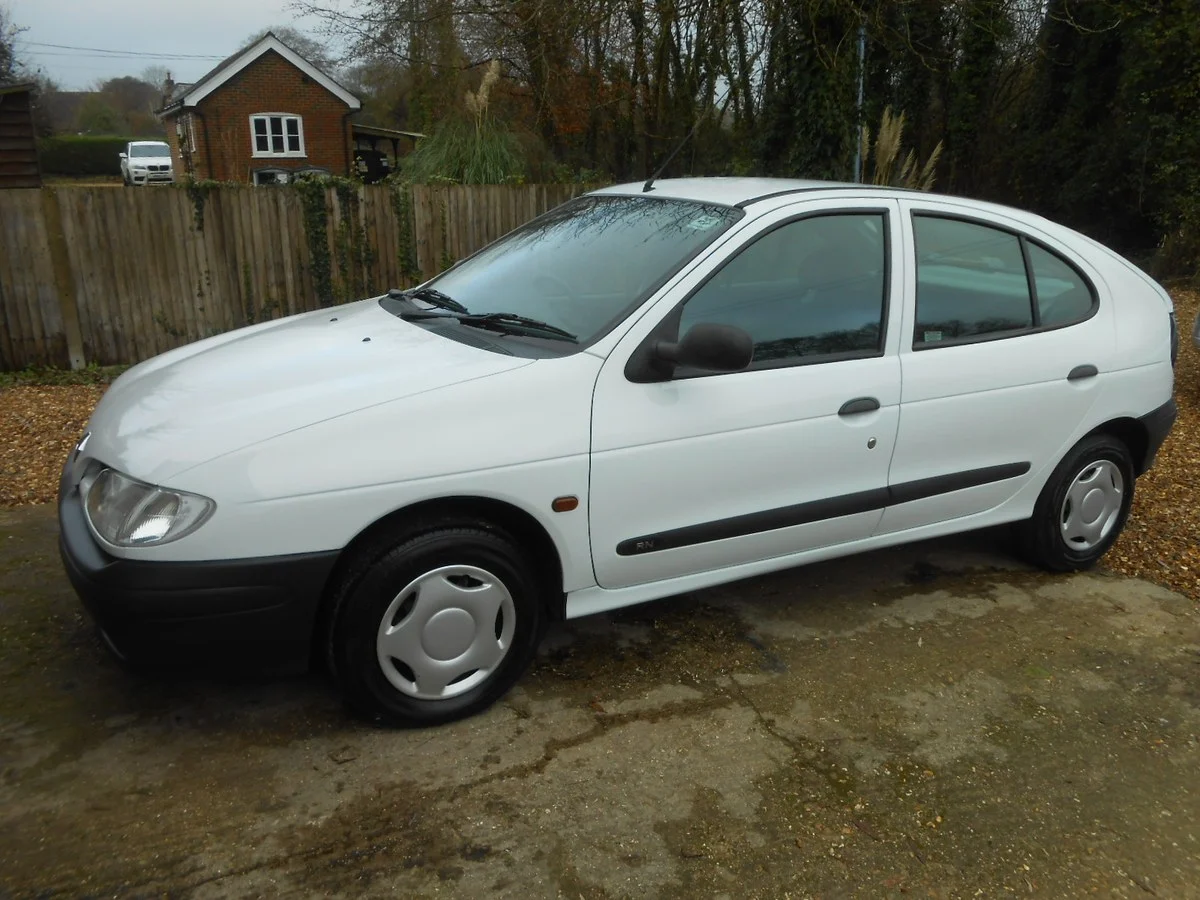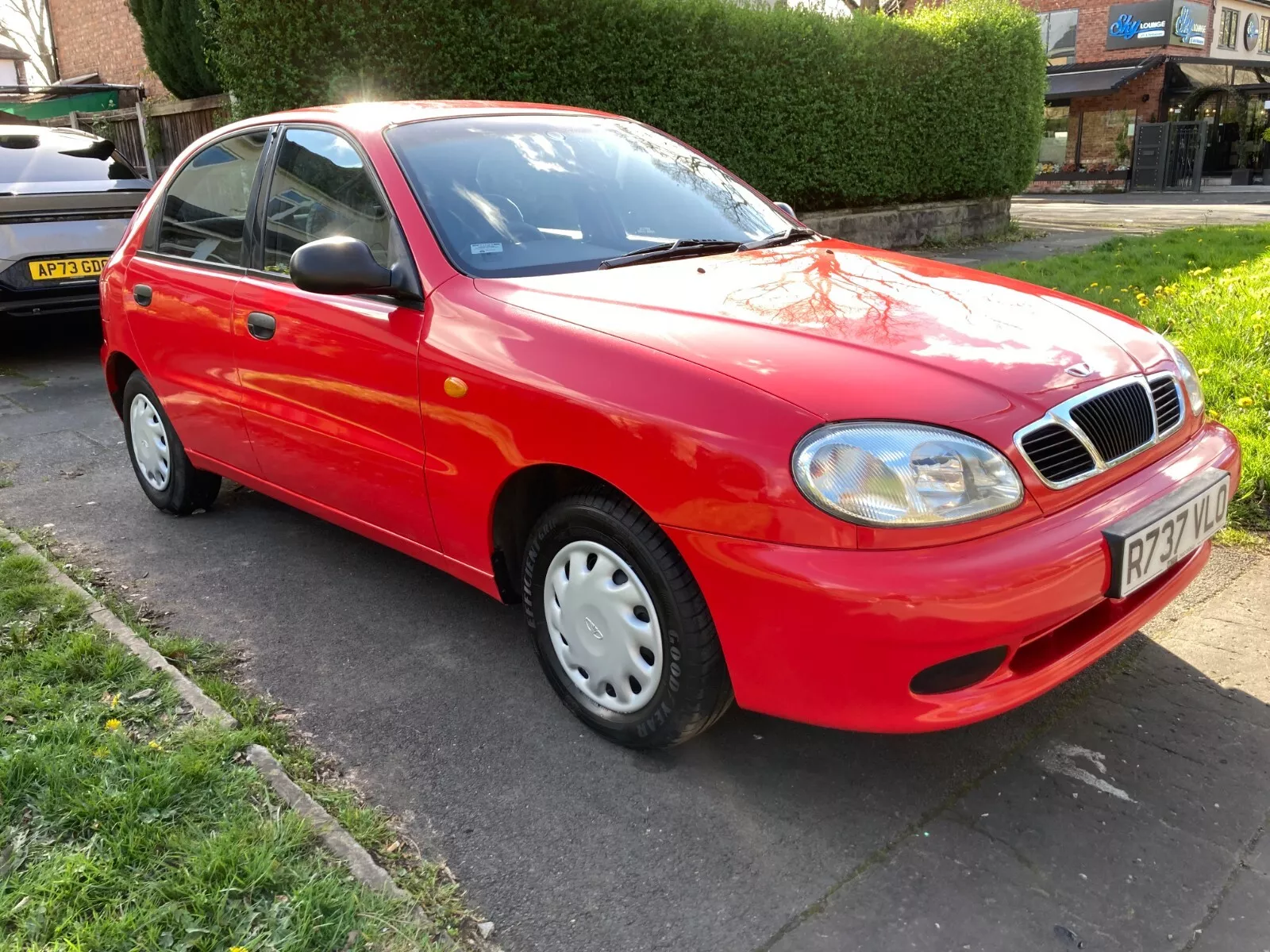Price: £6950
Mileage: 25,600
Condition: Hasn’t aged a day
Advert: Different Class Cars
Smart has been reborn recently as a purveyor of electric crossovers, but it spent most of its history building two-seat city cars.

It’s grimly ironic that the brand, now co-owned by original owners Daimler and by Chinese giant Geely, will probably make a lot more money flogging a car that’s much the same as everyone else’s overweight blob than it ever did creating something original, and the new ones are hardly going to fit in the lives – or the parking spaces – of the hundreds of thousands of city dwellers who’ve bought one of the three generations of the original two-seater.
Most of us know the city car as the Fortwo, but the name actually came along only in 2002, four years after the car itself hit the roads in Europe. It was originally known as the Smart City-Coupé (and the roll-back roofed version, the Cabrio), and it wasn’t long before left-hand drive models started making their way over to the UK, before right-hand drive cars went on sale in 2001.
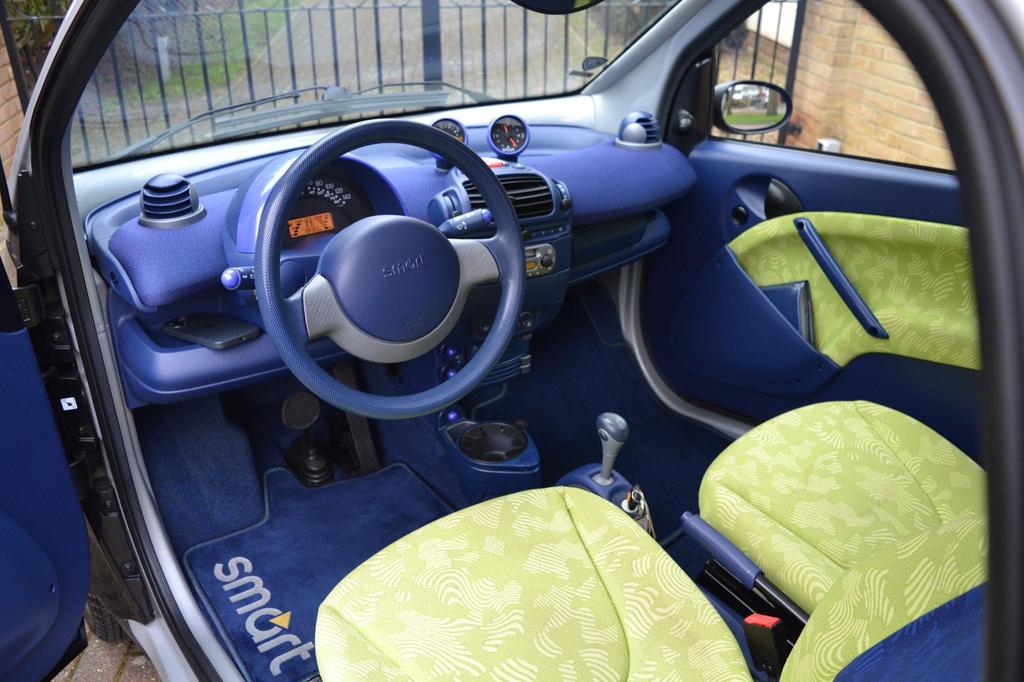
Today’s Unexceptional Classified is one of those earlier left-hookers. It’s slightly amazing that the original Smart was launched long enough ago for Concours de l’Ordinaire eligibility, but that’s the passage of time for you.
This one’s in Passion spec, which is a bit fancier than we’d usually go with cars in this series, and there’s an argument to be made that a car as innovative as the Smart (or Fortwo, or City-Coupé, whatever you wish to call it) is possibly a bit too exceptional to be unexceptional. But if we’re going by the criteria we usually use – formerly street furniture but now quite rare, somewhat underappreciated, cheap and cheerful – then we say it gets a pass.
Smarts did start in ‘Pure’ trim, which came with one of the best steel wheel designs you’ll find and a distinctly monotone interior, but this Passion burns brighter. Inside, at least. The black and silver combo on the exterior is quite classy, but the inside looks like a couple of toddlers have had a fight armed with blueberry and lime Slush Puppies. Does it match? Not really. Does it matter? Not at all – climbing in each day must give you the kind of feeling that kids’ TV presenters get walking into a Saturday morning TV studio.
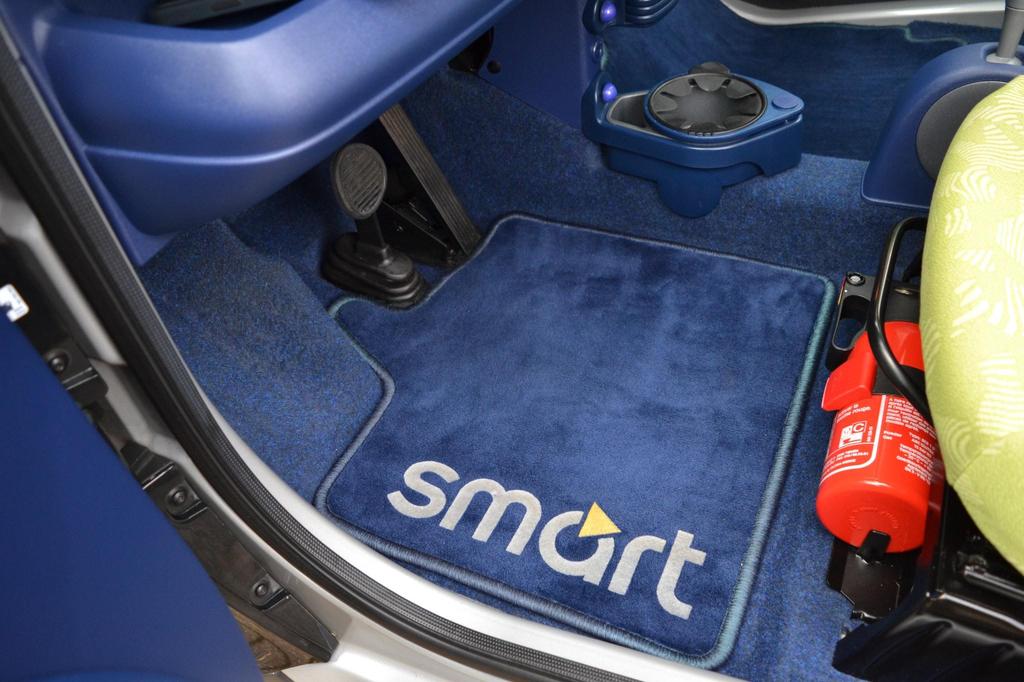
As an early car it has the original 599cc Mercedes-Benz ‘M160’ three-cylinder turbo engine. These have a reputation for going through piston rings if not regularly fed with fresh oil, but at this car’s 25,600 miles it should be in fine fettle, and you’ve got a good opportunity to keep on top of maintenance at this point.
Smarts also have a reputation for… well, we’ll not beat around the bush, lousy gearshifts from the single-clutch automated manual, but your author’s a Smart owner and trust me, you get used to it. It’ll either fade into the background or become simply a quirk of the car, much the same way that any classic car has things that are objectively a bit shonky but contribute to its character.
As a city runaround though, Smarts are still nearly unmatched. The Toyota iQ got close and feels a bit more substantial, but those are as wide as a VW Polo so just don’t have the same ability to dart through gaps, a quality further enhanced in the Smart by fantastic forward visibility and being a bit closer to those perfectly upright body sides.
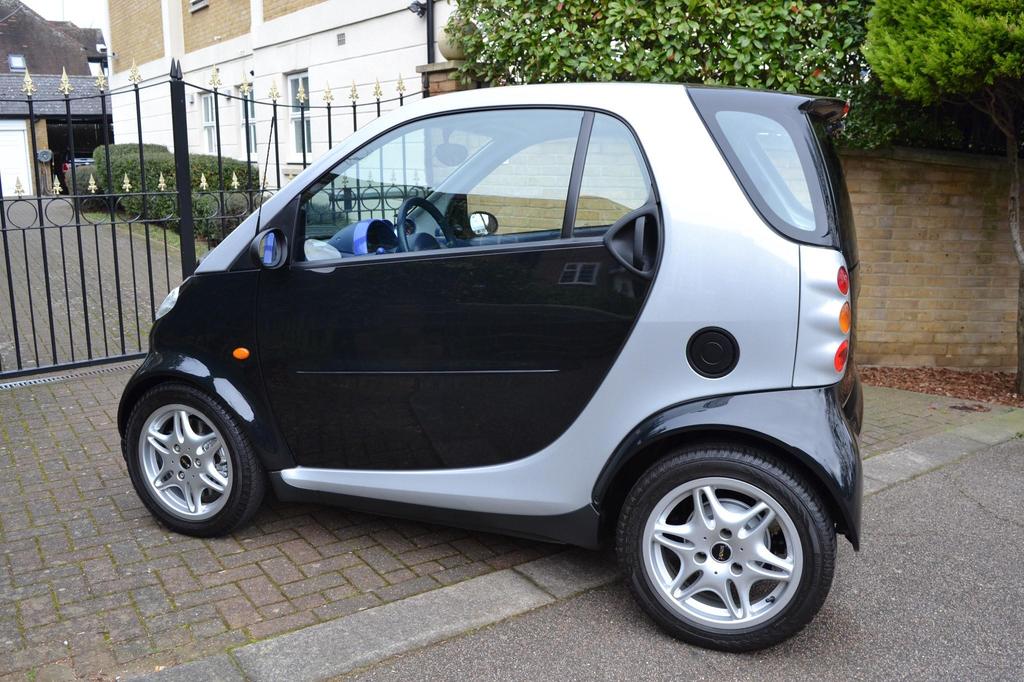
It’s a real design classic, too. You’d never consider it beautiful but the original Smart especially is a piece of rolling product design, like driving around in an Apple iMac G3, some Alessi kitchenware, or a Marc Newson chair.
Kept as clean as this one is – going some way to justifying its seven-grand asking price – it’ll never go out of style. We probably won’t be saying that of the new crossovers in 25 years.


